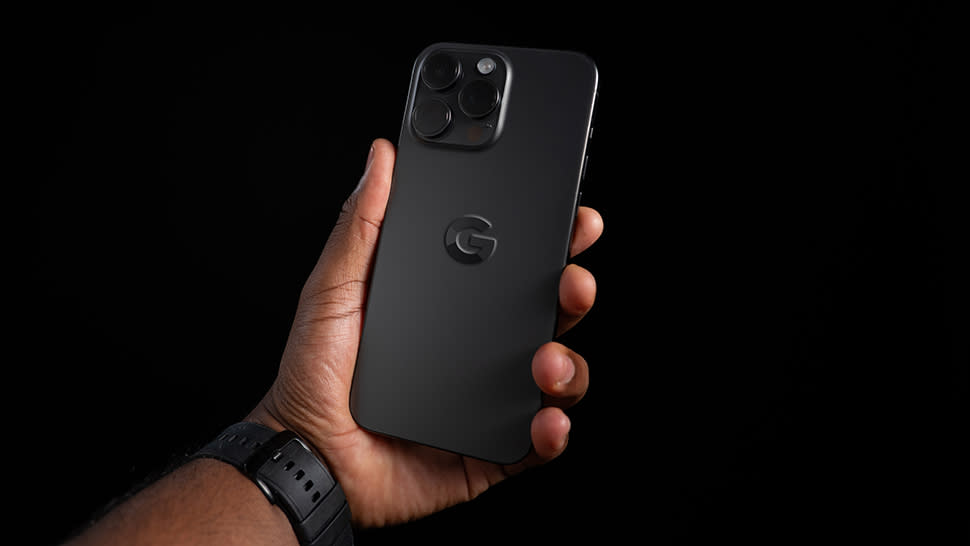If most smartphone improvements are software-based, why should I spend big on the latest devices?

If you’ve ever owned a simple point-and-shoot digital camera or a bridge camera, you’ll be familiar with ‘Intelligent Auto’, ‘Superior Auto’ or ‘Creative Assist’ – functions designed to help people get the best shots, depending on the scene or scenario. It uses algorithms built into the image signal processor of the camera to assess the shooting conditions and automatically select the best settings. This function is often designated to the ‘iA’ or ‘iA+’ position on the mode dial, and has been around for over a decade.
In 2023, the buzzword ‘AI’ is heavily used to market cameras and especially smartphones – perhaps because there’s little else to tell them apart from year to year. But what does it mean for us as potential purchasers of kit being touted for its AI-powered capabilities?
The latest Apple iPhone and Google Pixel devices in 2023 were hotly anticipated, as usual – but in the wake of their respective releases, their receptions have been mixed at best. Making heavy play of their AI credentials, both companies presented the improvements of this year’s devices as revolutionary. Using the latest ‘a-something Bionic Tensor Ultimate Gen 3’ processing chip, devices are relying almost exclusively on software and algorithms to deliver improvements to their cameras. The standouts include cinematic lighting effects and better subject separation in portrait modes on the iPhone, and post-processing wizardry in the form of Best Take and Magic Eraser on the Pixel.
Like many people, I watched those keynote events and was impressed by the camera sections. Most things look great in a fancy presentation filled with cool music and slickly edited videos. But, having since had my hands on both devices, I can’t quiet the cynical voice in me that sees through the marketing. If most smartphone improvements are software-based, what is the value in spending big on the latest devices when last year’s models can be picked up brand-new at almost half the price?
Those of you who have drunk the Apple-flavoured Kool-Aid are probably spluttering something right now about how these improvements are only a result of the improved processing hardware built into the new devices. Am I right? On reflection, I’m not buying it.
Smartphone hardware broke the barrier of overkill when we started seeing 12GB RAM flagship options a few years ago. For context, the current base MacBook Pro 13 laptop comes with 8GB RAM. Last year’s devices are easily capable of delivering the tricks of this year’s flagship models – and probably next year’s, too. They may be milliseconds slower, but in a world where such improvements are mostly software-based, these features could (and should) be rolled out to older devices.
The most impressive camera feature of the Google Pixel 8 Pro is Best Take, which captures multiple images of a group shot and allows you to change the faces of each individual person in the frame to help avoid those classic picture fails where one person ruins the photo. The fact that the device’s software can detect individual faces and seamlessly blend them into one new image is impressive; but if that is what’s being used as a lead marketing tool (and it is), we’re being sold a lie – that this feature wouldn’t function on last year’s model.
In reality, the updates to this year’s model seem so marginal that many do expect Google to have the good grace and sense to roll out these latest features to older devices once they’ve sold enough of their latest models. It would be a great way to give consumers confidence that their devices will continue to evolve and improve over time, and that they won’t be exiled from developments just to help boost sales of new models. I’d love to see more life being given to older devices in general, as we see in the camera world from brands like Fujifilm, Sony and Panasonic, who consistently find ways to boost camera performance over many years.
This may be one of the last few areas where smartphone brands have a thing or two they could learn from the makers of good old dedicated cameras.
Read more:

